Affiliate links on Android Authority may earn us a commission. Learn more.
HUAWEI P20 vs P20 Pro: Do you need the triple camera?
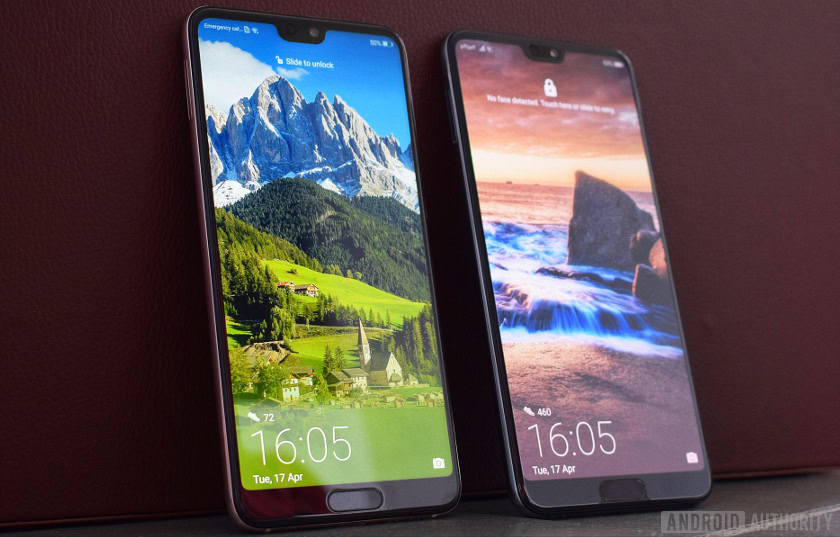
Even months later, the HUAWEI P20 Pro is reviewing very well, making it easy to forget it was part of a range of flagships launched by Huawei which includes the regular P20 and P20 Lite as well. The HUAWEI P20 doesn’t deserve to play second fiddle to the Pro model though — it’s a fully fledged flagship boasting many of the same high-end specifications. It retails for 250 euros less (~$308) than the Pro model — quite a compelling price point if you’re looking for a cost-effective flagship without the usual compromises.
Read Next: HUAWEI P20 camera review | Best triple camera phones
The only major differences between the regular HUAWEI P20 vs P20 Pro are in the camera department. While the Pro model boasts an impressive and industry first triple camera configuration, the regular P20 sticks with HUAWEI’s more familiar dual RGB and monochrome camera setup, giving each slightly different capabilities when it comes to photography. There are a few smaller specification differences too, which might be the deciding factor depending on your needs and preferences. So let’s take a look at exactly how the two stack up against one another in this HUAWEI P20 vs P20 Pro comparison.
Virtually identical specs
Starting with the display, there’s a 6.1-inch panel in the Pro model and a slightly smaller 5.8-inch display in the regular P20. Both feature the contentious notch and a FullHD+ (2244 x 1080) resolution with an 18.7:9 aspect ratio. In terms of sharpness, the viewing experience is pretty much the same, clocking in at a PPI of 408 and 429 respectively. However, the two phones utilize different display technologies — AMOLED for the Pro and LCD for the smaller variant.
Side by side, the AMOLED panel has a slightly greener tint, which is typical of OLED display types, while the P20’s LCD panel appears a little less blue. In terms of vibrancy and colors, both look perfectly good to the naked eye and there’s very little difference between them. It’s only once we run the two panels through our testing suite that we begin to see a notable difference. The AMOLED panel offers up a higher peak brightness at 527 nits, versus the LCD’s 459, making it better for outdoor viewing. AMOLED technology also boasts essentially an infinite contrast ratio, we clocked it at around 10,370:1, compared to just 627:1 for the LCD variant.
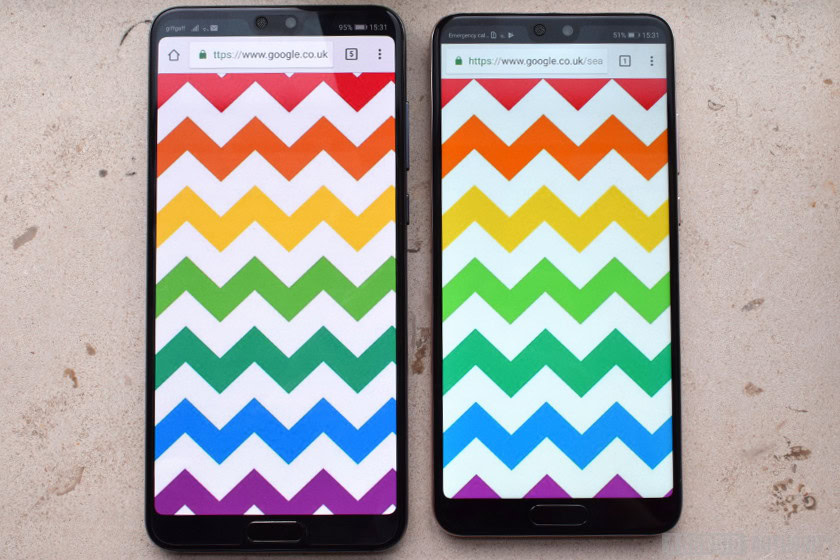
When it comes to color accuracy though, things don’t swing so far in AMOLED’s favor. Both phones come with two color presets, the default Vivid, as well as a Normal setting. The default setting with the AMOLED panel sees an average deltaE of 4.9 and max of 7.1 as the color gamut is stretched outside of our target DCI-P3 color space. The LCD panel clocks in a very similar 4.4 average and 7.1 max deltaE but with more inaccuracies in mixed, rather than primary, color extremes. A deltaE average of five is rather noticeable, so these panels aren’t the best out there. For reference, under three is considered quite good.
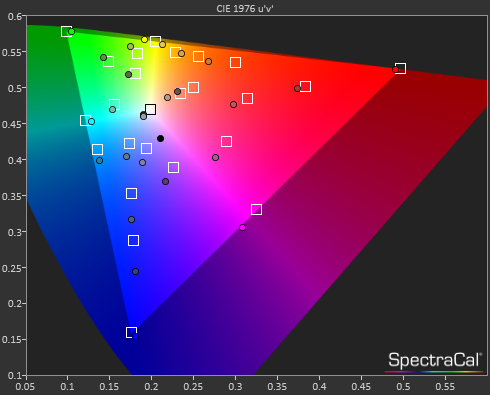
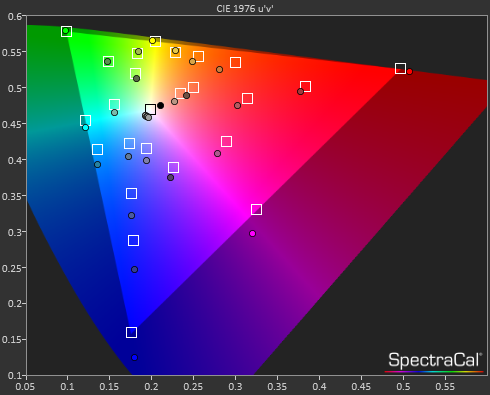
Switching over to the Normal profile generally worsens the color results. The AMOLED panel’s average deltaE increased to 5.9 and its max hit 10.1. The P20’s LCD panel did better, with just a 3.8 average deltaE. Its 8.6 max deltaE was due to some poor reds. However, in this mode, both phones exhibited much better white points, suggesting a tradeoff between stretching for a wider, more vibrant color gamut and maintaining white accuracy.
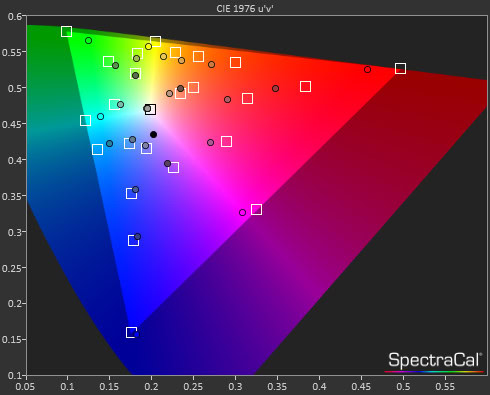
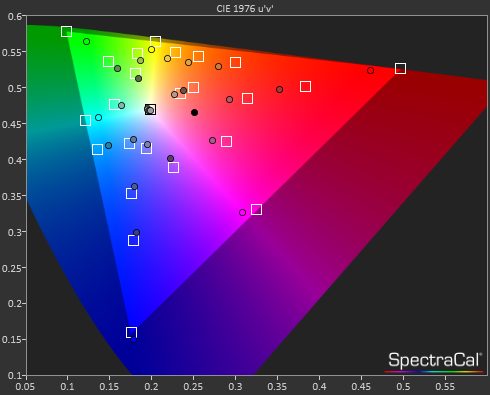
Overall, the two panels are incredibly close. HUAWEI has clearly gone to some lengths to calibrate the two. The AMOLED panel is slightly more saturated and offers better peak brightness and contrast ratios, as we’ve come to expect from the technology. The LCD panel isn’t any better or worse at color reproduction. Both are about equally inaccurate compared to the industry-leading Galaxy S9, just in slightly different ways. If you’re after the technically most accurate display out of either of the two models, the regular P20’s LCD panel set to Normal mode is slightly better. I honestly wouldn’t worry about it, though.
The AMOLED and LCD panels show only small differences in color and are surprisingly similar to the naked eye.
As has become the norm with regular and plus sized variations, the HUAWEI P20 and P20 Pro pack in the same processing package: the HiSilicon Kirin 970. They’ve got the same high-end CPU and graphics performance, as well machine learning perks using the chip’s dedicated NPU. We benchmarked the chipset and found it marginally outperforms existing Qualcomm Snapdragon 835 powered handsets, but isn’t quite as fast as newer handsets with the Snapdragon 845 like the Galaxy S9. Even so, you can expect top-tier performance with both models.
The phones differ slightly with RAM. The P20 Pro has a larger 6GB pool of LPDDR4 compared to the smaller model’s 4GB configuration. However, both of these amounts are more than big enough for stutter-free multitasking, so this certainly shouldn’t be a deciding factor in your purchasing decision. Both phones also come with 128GB of internal storage, large enough for a major portable music and video collection. Neither have a microSD card slot for expanding storage which is a disappointment.
| HUAWEI P20 | HUAWEI P20 Pro | |
|---|---|---|
Display | HUAWEI P20 5.8-inch HUAWEI FullView IPS LCD 2244 x 1080 18.7:9 aspect ratio | HUAWEI P20 Pro 6.1-inch HUAWEI FullView OLED 2240 x 1080 18.7:9 aspect ratio |
Processor | HUAWEI P20 HUAWEI Kirin 970 Octa-core CPU (4 Cortex A73 2.36 GHz + 4 Cortex A53 1.8 GHz) + NPU | HUAWEI P20 Pro HUAWEI Kirin 970 Octa-core CPU (4 Cortex A73 2.36 GHz + 4 Cortex A53 1.8 GHz) + NPU |
GPU | HUAWEI P20 Mali-G72 MP12 | HUAWEI P20 Pro Mali-G72 MP12 |
RAM | HUAWEI P20 4 GB LPDDR4 | HUAWEI P20 Pro 6 GB LPDDR4 |
Fingerprint Scanner | HUAWEI P20 Front mounted | HUAWEI P20 Pro Front mounted |
Storage | HUAWEI P20 128 GB | HUAWEI P20 Pro 128 GB |
Cameras | HUAWEI P20 Rear cameras: 12 MP RGB f/1.8 + 20 MP monochrome f/1.6 dual-LED flash, PDAF+CAF+Laser+Depth auto focus 4K video recording at 30fps Front camera: 24 MP sensor with an f/2.0 aperture, fixed focus | HUAWEI P20 Pro Rear cameras: 40 MP RGB f/1.8 + 20 MP monochrome f/1.6 + 8 MP telephoto f/2.4 with OIS dual-LED flash, PDAF+CAF+Laser+Depth auto focus, 3x optical zoom, 5x Hybrid Zoom, 4K video recording at 30fps Front camera: 24 MP sensor with an f/2.0 aperture, fixed focus |
Battery | HUAWEI P20 3,400 mAh Non-removable HUAWEI SuperCharge | HUAWEI P20 Pro 4,000 mAh Non-removable HUAWEI SuperCharge |
IP rating | HUAWEI P20 IP53 | HUAWEI P20 Pro IP67 |
SIM | HUAWEI P20 Dual SIM Primary SIM: 4G Secondary SIM: 2G/3G/4G | HUAWEI P20 Pro Dual SIM Primary SIM: 4G Secondary SIM: 2G/3G/4G |
3.5mm headphone jack | HUAWEI P20 No | HUAWEI P20 Pro No |
Connectivity | HUAWEI P20 Wi-Fi 2.4 G, 802.11a/b/g/n/ac with Wi-Fi Direct support 4x4MIMO Cat 18 Bluetooth 4.2, support BLE support aptX/aptX HD and LDAC HD Audio USB Type-C NFC | HUAWEI P20 Pro Wi-Fi 2.4 G, 802.11a/b/g/n/ac with Wi-Fi Direct support 4x4MIMO Cat 18 Bluetooth 4.2, support BLE support aptX/aptX HD and LDAC HD Audio USB Type-C NFC |
Software | HUAWEI P20 Android 8.1 Oreo EMUI 8.1 | HUAWEI P20 Pro Android 8.1 Oreo EMUI 8.1 |
Colors | HUAWEI P20 Twilight, Black, Midnight Blue, Champagne Gold, Pink Gold | HUAWEI P20 Pro Midnight Blue, Black, Pink Gold, Twilight |
Dimensions and weight | HUAWEI P20 149.1 mm x 70.8 mm x 7.65 mm, 165g | HUAWEI P20 Pro 155.0 mm x 73.9 mm x 7.8 mm, 180g |
As we travel further down the spec sheet, the smaller differences begin to appear. There is the same Category 18 LTE modem, aptX and LDAC Bluetooth audio support, and Android 8.1 Oreo software installed out of the box. Both also don’t have headphone jacks. The HUAWEI P20 Pro’s battery is notably larger at 4,000mAh, compared with just 3,400mAh in the smaller body.
The regular P20 also makes do with an IP53 rating compared to the Pro’s IP67. This means the regular model has some dust protection and withstand splashes of water when held up vertically, while the Pro model can take be fully submerged in 15cm to 1m of water for up to 30 minutes.
The biggest spec differences boil down to a better IP rating and larger battery inside the P20 Pro.
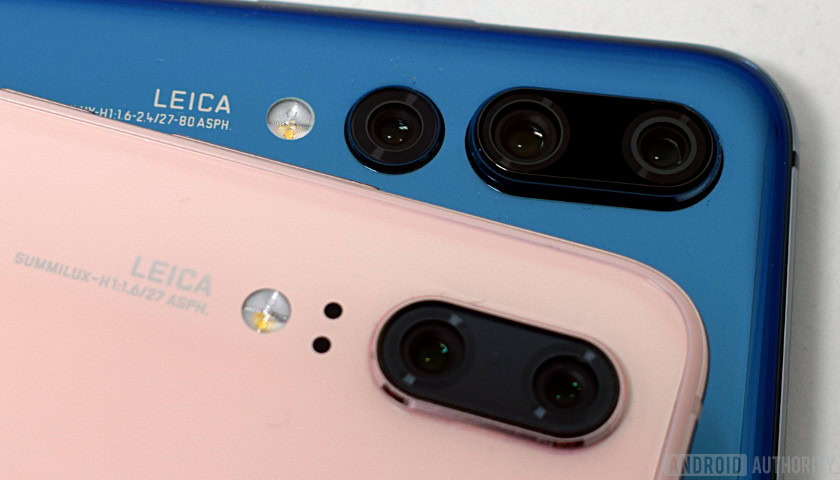
Do you need the triple camera?
Most of the specification differences are small enough to mostly forget about, especially given the price difference (unless you’re serious about taking your new phone for a swim). The big question is whether the HUAWEI P20 Pro’s triple camera design offers up enough of a photography improvement to justify its higher price tag.
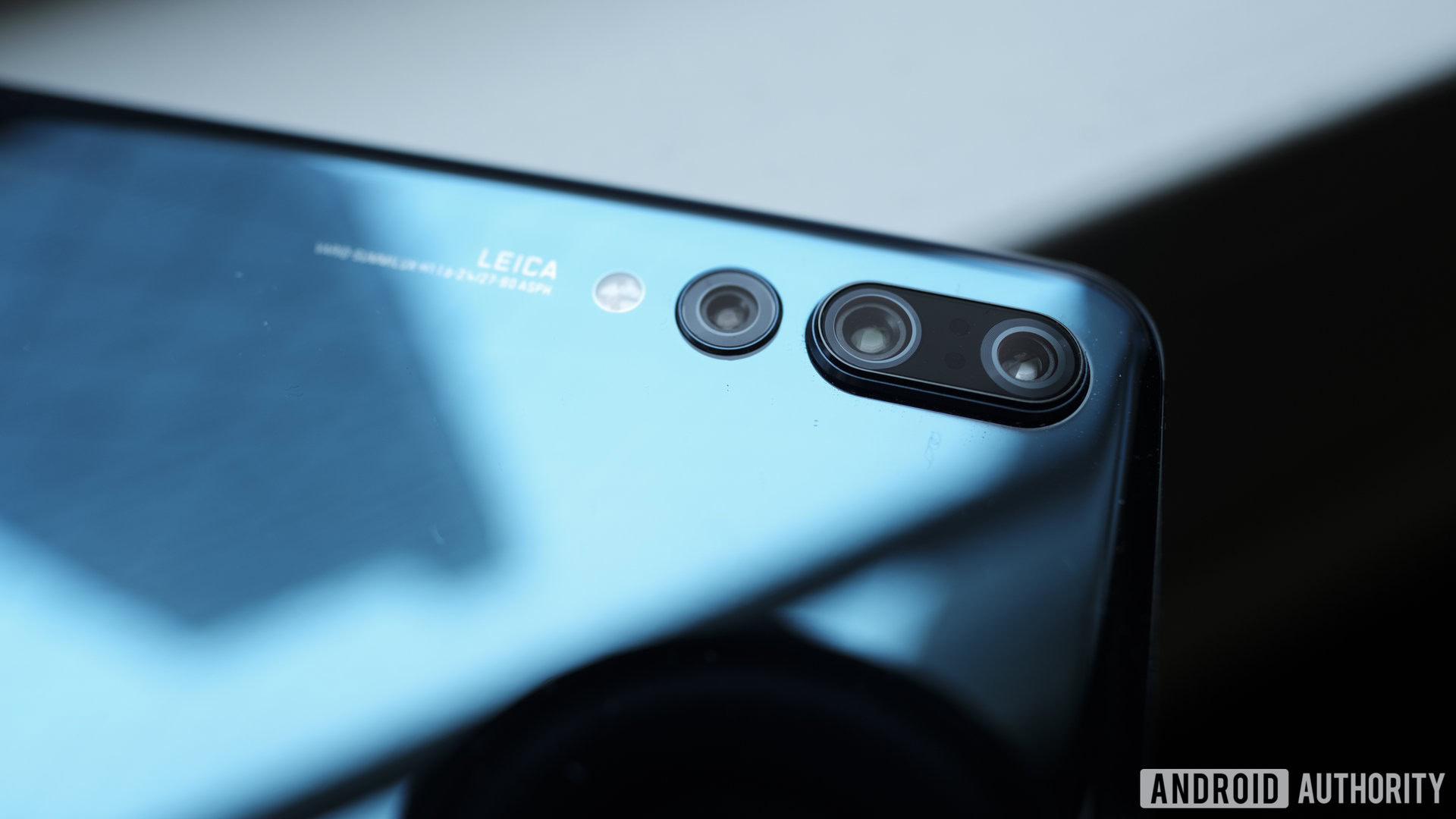
The regular P20 uses its dual camera configuration to offer 20MP maximum resolution color images using some clever software, or up to a 2x “lossless” zoom when shooting in the regular 12 megapixel mode.
Meanwhile, the P20 Pro offers up the full 40 megapixel shooting option from its main sensor, or uses pixel binning to combine pixels for better light capture when shooting at 10 megapixels. There are also options for a 3x optical zoom and up to 5x lossless Hybrid Zoom at 10 megapixels. Both cameras also feature the same variety of shooting modes, including Pro, Portrait, Aperture, Night Shot, HDR, and more. Although in the Pro mode the P20 Pro’s telephoto camera is disabled, reverting to software rather than optical zoom.
I took both cameras out for a spin and the results were very interesting. We used the default Photo mode and turned the AI software off. If you want to check out the uncropped images yourself, you’ll find them in the Drive folder here.
Maximum megapixels
Pixel peeping isn’t going to be the easiest here, as we’re looking at images at 10, 12, 20, and 40 megapixels from each possible camera configuration, so frames aren’t going to line-up exactly. That said, we took a look at the 100 percent crops to see how much detail they offered and also to show the whole frame (compressed here but look Drive for the full image) to look at color and white balance.
First up, some tasty chilis. A zoom into 100 percent reveals very little difference between the two models at 10 and 12 megapixels. The P20 oversharpens the edges and details a tad more to make up for the lack of oversampling, which helps the P20 Pro reduce noise. Otherwise, they are practically indistinguishable. Moving up to the 20MP and 40MP images reveal a lot more about how the cameras work. We can see a loss of detail as we move up to the P20’s 20MP resolution, which isn’t what you’d typically expect. This is because it’s the monochrome sensor that boasts the 20MP count — the color sensor is only 12MP. HUAWEI is using software to mix the two together and the results are passable, but not as sharp as you would expect from a 20MP color shot. It appears closer to a digital zoom effect.
On the other hand, the HUAWEI P20 Pro’s 40 megapixel image is a native shot from the sensor that clearly captures more detail. However, the image is a little more overexposed (I took the picture several times with the same result). The dynamic range of the shot looks a little worse than the other three samples too. HUAWEI doesn’t appear to be making use of the monochrome sensor information in the 40MP mode so the picture appears a little more washed out by comparison, but it’s still a very realistic looking presentation overall.
Low light proves a very different game. The P20 Pro performed surprisingly well, while the P20 struggled to even focus on anything but the background wall. There’s a lot more noise in this low light environment for both phones than in the first gallery, but the P20 Pro does a much better at exposing the image and capturing enough light. Compare this to the Pro’s 40MP shot, which is incredibly noisy. The 40-to-10-megapixel pixel binning employed in this camera clearly works wonders in dark shots. The regular P20’s 20MP mode isn’t as noisy, as it uses the monochrome sensor, but the color balance takes a notable red hue compared to the standard shot and it is even more underexposed.
Pixel binning helps the P20 Pro's 10MP camera capture more light and detail.
I’ve also included samples from Huawei’s Night Mode, which captures multiple images at different exposures to create a low-noise nighttime image. There’s a clear improvement for both cameras when using this mode, so I’d certainly recommend using it when shooting at night. Again the P20 Pro offers the better exposure, lower noise, and superior color balance. If you look at the full picture, you’d be forgiven for thinking I cheated and switched the light on (don’t worry I didn’t).
2x zoom compared
Given the curious look of the HUAWEI P20’s 20MP shot, it’s worth comparing the native shot to the handset’s 2x lossless zoom effect to compare the quality. I’ve used a favorite example of mine, the record player, as we can compare groove details, noise, and the text to see how the zoom effect alters the picture. For this comparison, I scaled up the un-zoomed pictures in post to compare to the 2x zoom for both handsets. There’s a lot to look at here!
There’s very little, if any difference, between the regular P20’s 12MP and 20MP cropped images when we digitally zoom into 2x in post. It likely goes back to the same reason as the so-so quality in our first gallery looking at the 20MP shooting option — the color detail is only ever resolved at 12MP, so zooming in on the two shots produces very similar looking results. By comparison, there’s a lot less pixelation when we digitally zoom in on the P20 Pro’s 40MP image compared with the 10MP shot.
Comparing the 2x hybrid zoom shots from the P20 and P20 Pro again reveals some interesting differences between the cameras. The algorithm results in almost identical color balance, detail retention, and lack of pixelation when compared to the digital zoom, suggesting that it’s the same super-resolution technique being applied on both handsets. However, the superior noise performance of the P20 Pro’s pixel binned 10MP image produces a notably cleaner presentation than the regular P20 at both 1x and 2x.
The P20's 20MP shooting mode provides no noticeable improvement in quality, but the Pro's 40MP option does.
We can demonstrate this further with this longer range outdoor shot. There’s a small improvement using HUAWEI’s 2x hybrid zoom technology over a regular digital zoom in post on both handsets, but neither is particularly great upon inspecting the 100 percent crops. Again the P20 Pro’s shot is less noisy, exposes slightly differently, and retains a little extra detail. Without pixel peeping, there’s nothing that noticeable. Shooting in the P20’s 20 megapixel mode doesn’t offer any improvements either. On balance it’s a worse choice than the hybrid zoom, as you need to digitally zoom to match the frame. It basically looks the same as the 12MP digital zoom shot.
The P20 Pro’s 40 megapixel mode is the best option for this shot by far, as there’s no need to blow up the picture to match the frame. You can see plenty of extra details captured in the trees and distant objects, and the lack of software processing avoids the painted texture side effect of the super resolution algorithm. The huge range of options makes the P20 Pro technically the better shooter — if you can handle switching modes depending on the scene.
Huawei's 2x hybrid zoom can't keep pace with a cropped 40MP landscape shot from the Pro.
Overall at 2x there isn’t a lot to tell between the two in terms of zoom capabilities. Both employ some interesting software that looks better than a regular digital zoom. I’d hesitate to call it anything close to lossless, as the quality varies substantially depending on the textures of the scene.
There are some more noticeable exposure, color, and noise differences between the two. The P20 Pro consistently provides a cleaner presentation when pixel peeping. The addition of the Pro’s 40MP shooting option also bests the company’s own software in some situations, making it by far the better choice for those who can master the flexibility.
Pixel peeping at 5x zoom
When it comes to 5x zoom we should expect the P20 Pro to pull away more meaningfully, given its telephoto lens and OIS capabilities.
With this book comparison, we can again see the similarities and subtle differences between the two cameras’ 2x hybrid zoom capabilities. The P20 Pro doesn’t suffer from anywhere near the same amount of noise. It avoids overexposure on the highlights better and balances the shadows in this scene. The P20 is certainly passable, but it’s a bit grainy and too dark at the bottom of the book.
Once the telephoto lens is switched on, at a 3x zoom or above, the HUAWEI P20 Pro gains substantial clarity. In fact, this shot is better looking at 5x than 2x, though we can still see how the hybrid zoom algorithm smears some of the text together, preventing it from looking perfectly crisp. The 5x software zoom from the regular P20 isn’t completely hopeless at picking out the text at this range though. You can still read most of the lines and it’s notably better than a standard digital zoom. Regardless, it’s second best to the P20 Pro by a lot.
To close out this shootout, the gallery above best highlights the differences between these two phone cameras. Looking at the full frame, note the warmer tint of the P20’s color profile and lack of depth in the shadows — it’s a very typical difference between the two. Cropping in to look at the grass at 100 percent, there’s additional noise in the P20 shot and less detail. This smudges the grass into blobs rather than picking out single blades. The pixel binning in the Pro’s main camera is clearly working to provide more light and better clarity than the Pro’s 12MP sensor. This isn’t to say that the P20 is a bad shooter (don’t let the super close ups put you off) but the different main sensor specs definitely produce different results.
Zooming into 5x again confirms what we’ve expected all along, the optical zoom of the P20 Pro is hands-down the better option for long distance shots. It’s quite remarkable how much detail can be picked out at such a long distance using its combination of telephoto lens and hybrid zoom software. Again though, the regular P20 hands in a better performance than the digital zoom available on most other smartphone cameras, making it a very viable choice for zooming in a little.
The P20 is a very capable shooter, but the P20 Pro's camera pulls away once you extend beyond 2x zoom.
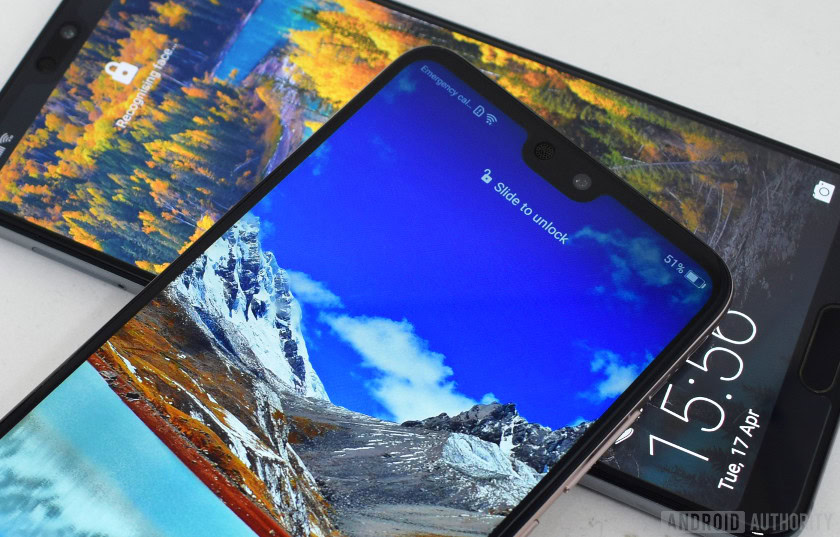
HUAWEI P20 vs P20 Pro – Final thoughts
As you can see, when it comes to the HUAWEI P20 vs the P2 Pro, the HUAWEI P20 Pro is clearly the company’s headline flagship. In most respects, the P20 is just as good (though those who demand an IP rating will be disappointed).
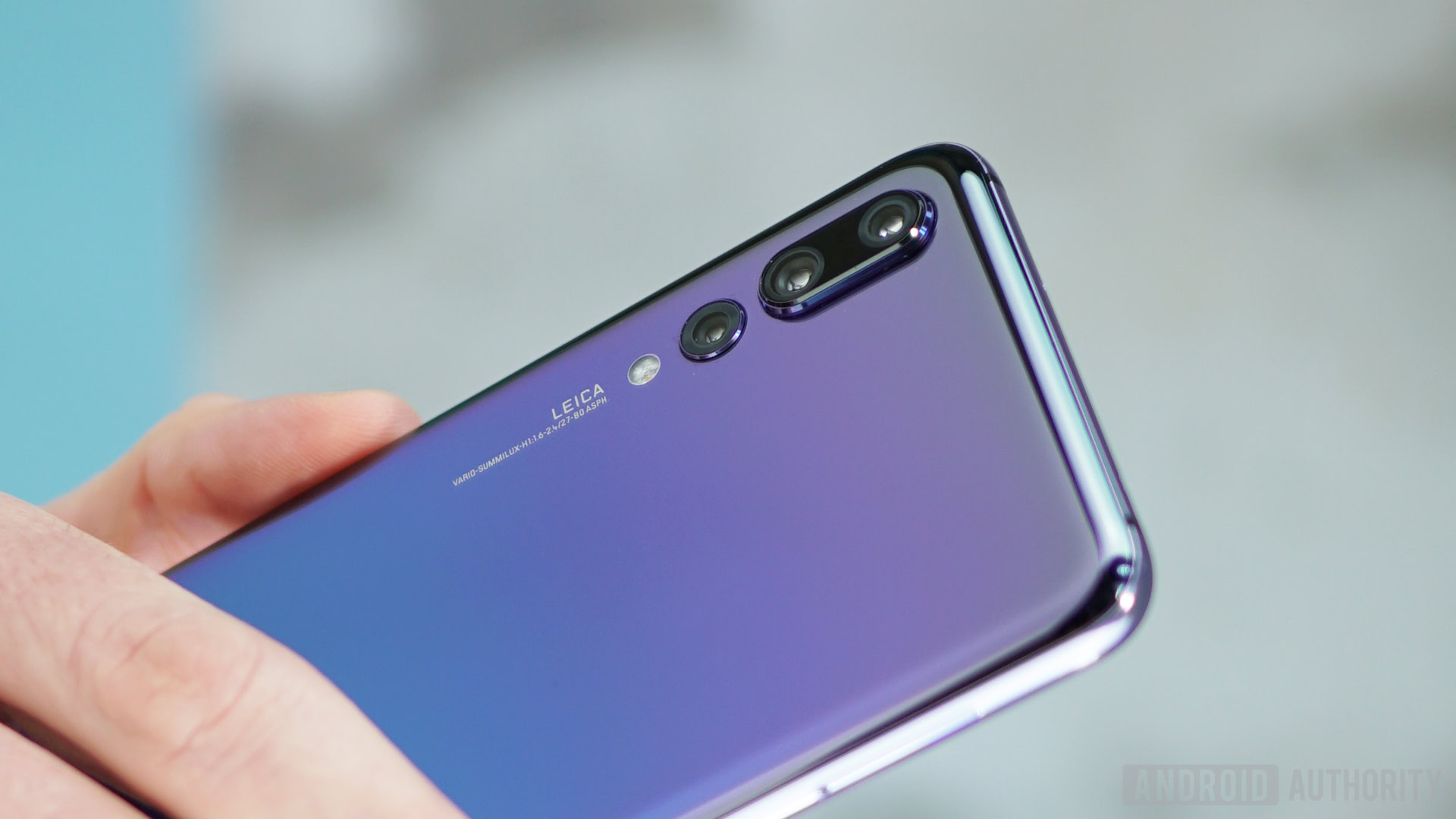
Overall, the regular HUAWEI P20 isn’t as exciting as the Pro model pretty much entirely because it’s missing out on that extra camera performance and shooting modes. That said, at 600 euros the HUAWEI P20 is cheaper than most other flagship phones. Its high-end processor and camera punch well above that price point.
Unfortunately, the HONOR P20 is not quite in the same bargain category as the OnePlus 5T or HONOR View 10. For that reason, it probably won’t ever step out from the shadow of its larger sibling.